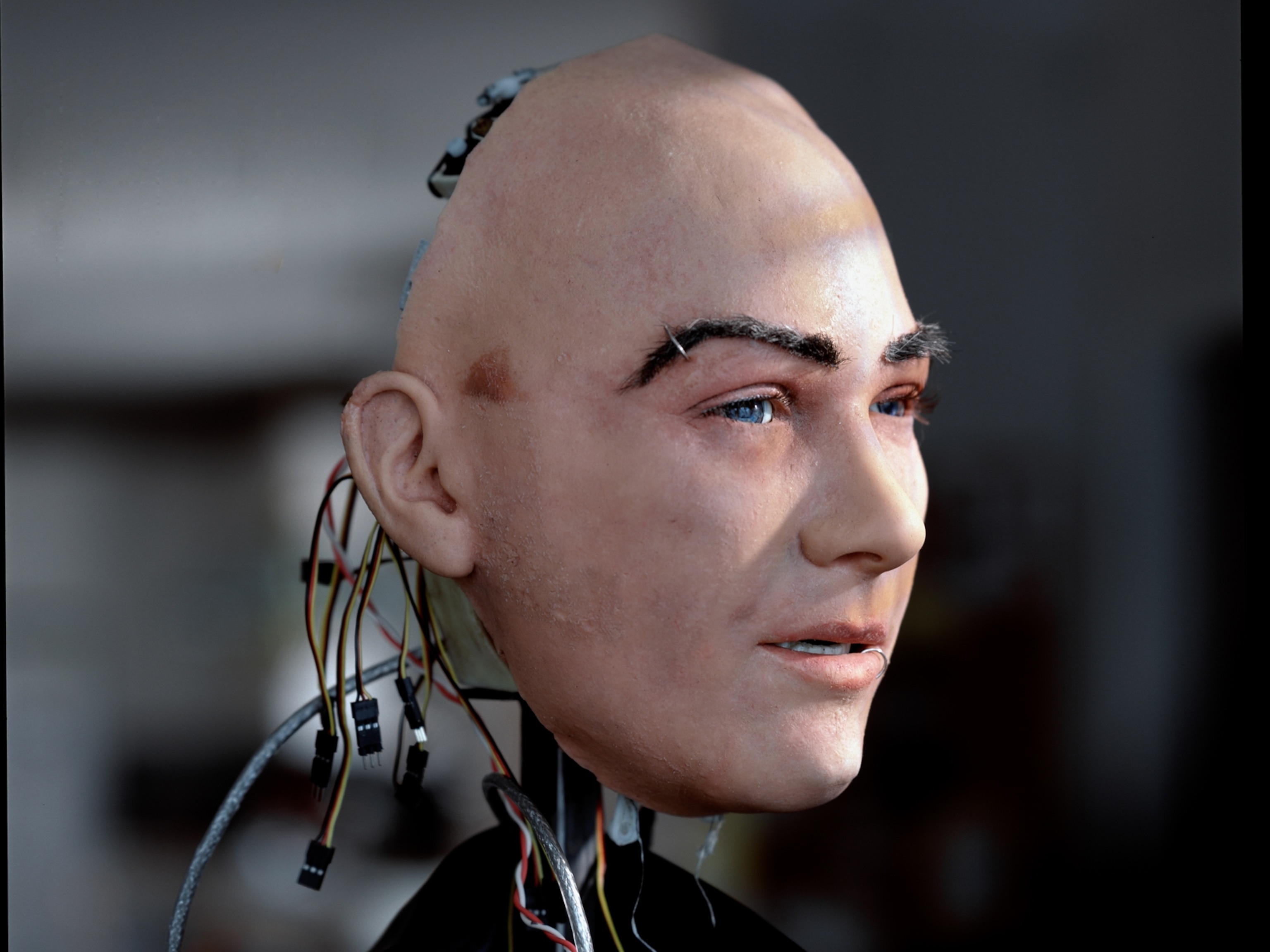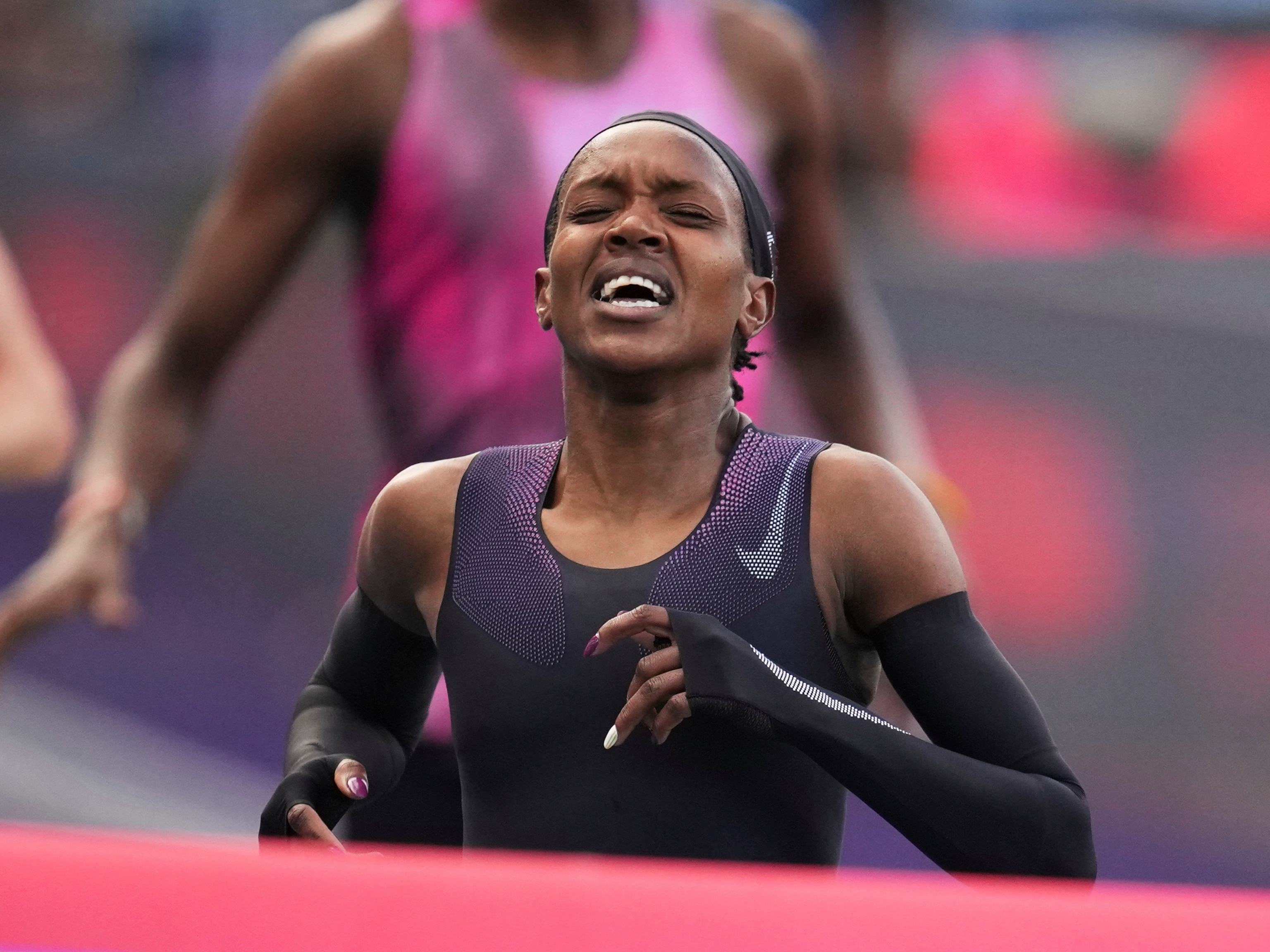People are drawn to elite athletes. Why? Because they are the pinnacle of human physical achievement and are able to do things that most of us can only dream of.
However, what many people may not realize is that classic training regimes are no longer sufficient in the modern landscape. Neither are traditional sports partnerships, with major players like Nike, Adidas, and Puma, the only strategy for success. The margins between triumph and failure are so fine that athletes must take advantage of any legitimate benefit they can – even if that includes thinking outside the norm.
While hard work and dedication are still a core part of success, the use of new technology is also helping modern athletes maximize their potential.
All in all, this makes modern sporting arenas significant places to explore the latest innovations – to find secrets that help humans rise above challenges.
Rising to new heights
Sport climbing is one of several new events being introduced at the 2020 Tokyo Olympics. Competing in front of the world comes with new types of stress, as well as the attempt to push beyond past limits and achievements.
Climbers face an extremely daunting physical challenge, as all entrants must compete in three disciplines: speed climbing, bouldering, and lead climbing.
Speed climbing requires athletes to scale a 15-meter (49-foot) wall set at a 95-degree angle as fast as they can against a competitor. Bouldering challenges climbers to scale as many fixed routes on a 4-meter (13-foot) wall as they can within four minutes. Finally, in lead climbing, participants attempt to climb as high as they can on a 15-meter wall within six minutes.
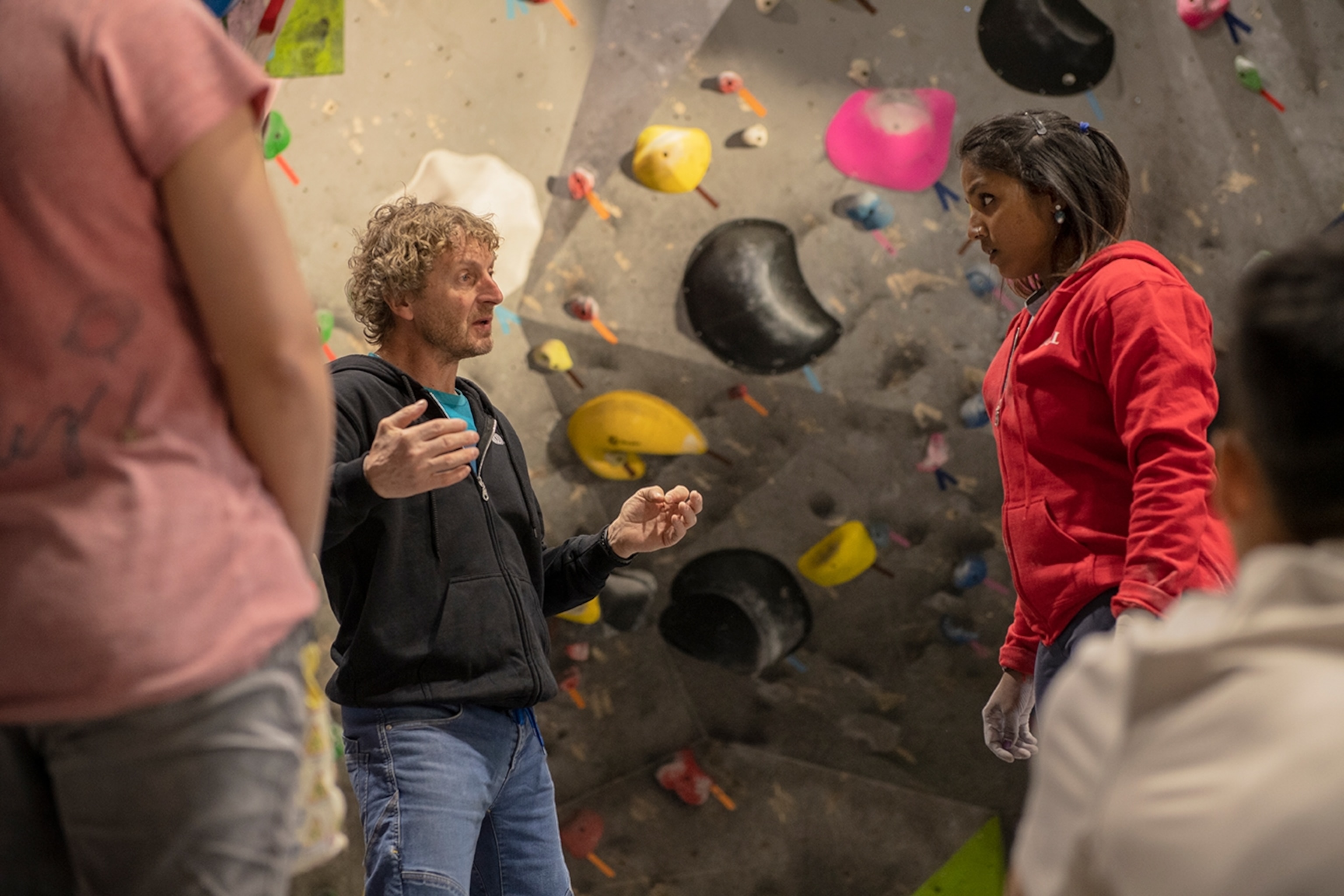
The required participation in all three disciplines adds another layer of difficulty for competitors because the skill sets and training methods required for success in each area are different. The same type of training that helped Usain Bolt break records for the 100m dash would not be effective for a long-distance runner like Eliud Kipchoge, who owns the world record time for a marathon.
This is why ambitious sport climbing athletes are turning toward technology to improve their training. One example of this is taking place in Asia, where climbers are working alongside JLL – a company that may not be focused on sports like Nike, but has a strong track record of using technology to help their clients go further.
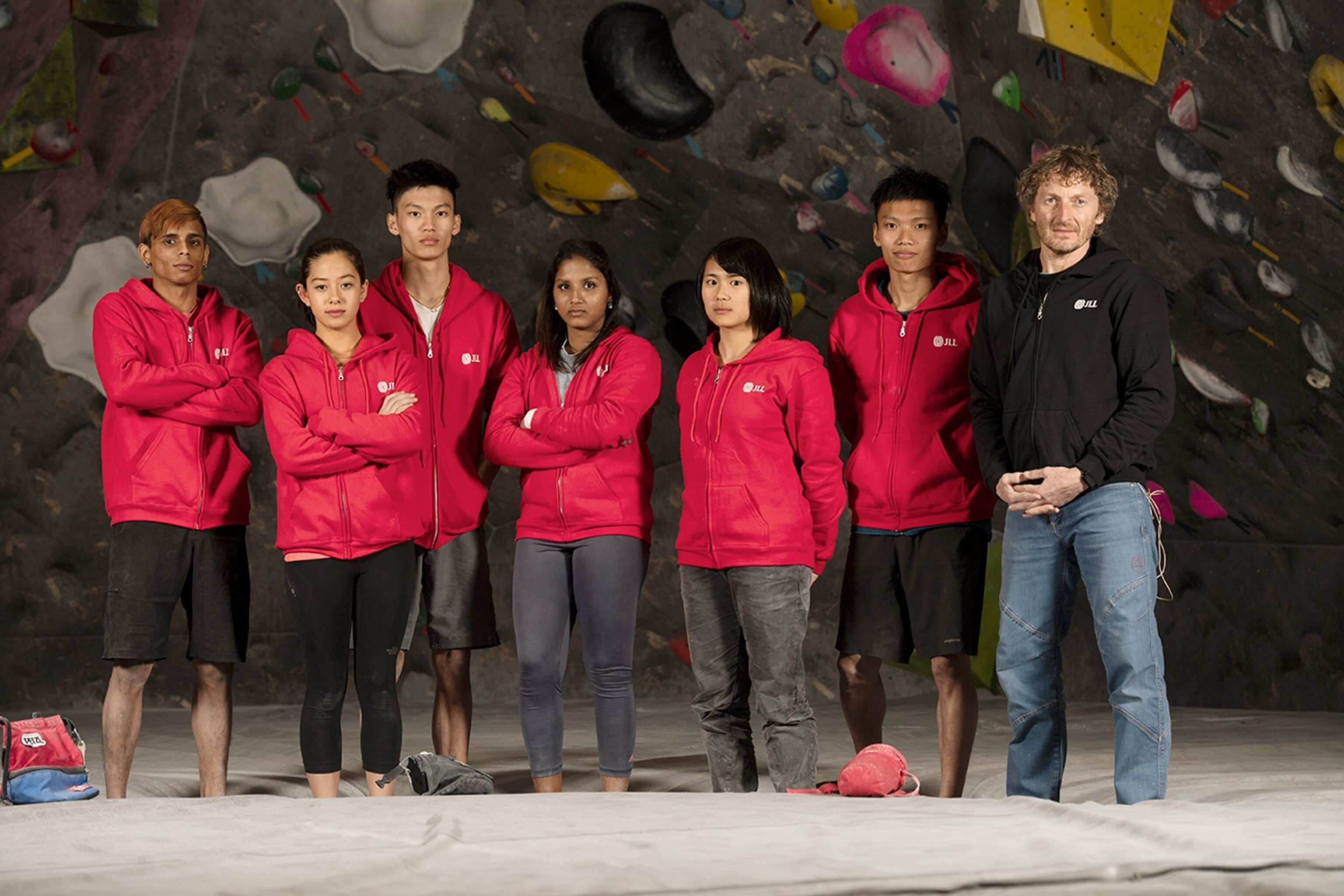
JLL put together an intense training camp for 6 hopeful climbers, headed by Great Britain climbing team coach Ian Dunn. JLL and Coach Dunn believe that using technology to improve performance across disciplines can give the six rising stars from India, Singapore, Australia, Hong Kong, and Japan, the edge needed to succeed.
What gives them an advantage, you ask? A revolutionary motion-sensor suit that changes how sport climbers train.
The suit helps give climbers a leg up across speed climbing, bouldering, and lead climbing by gathering important data that will be used to build specific training programs for each individual athlete.

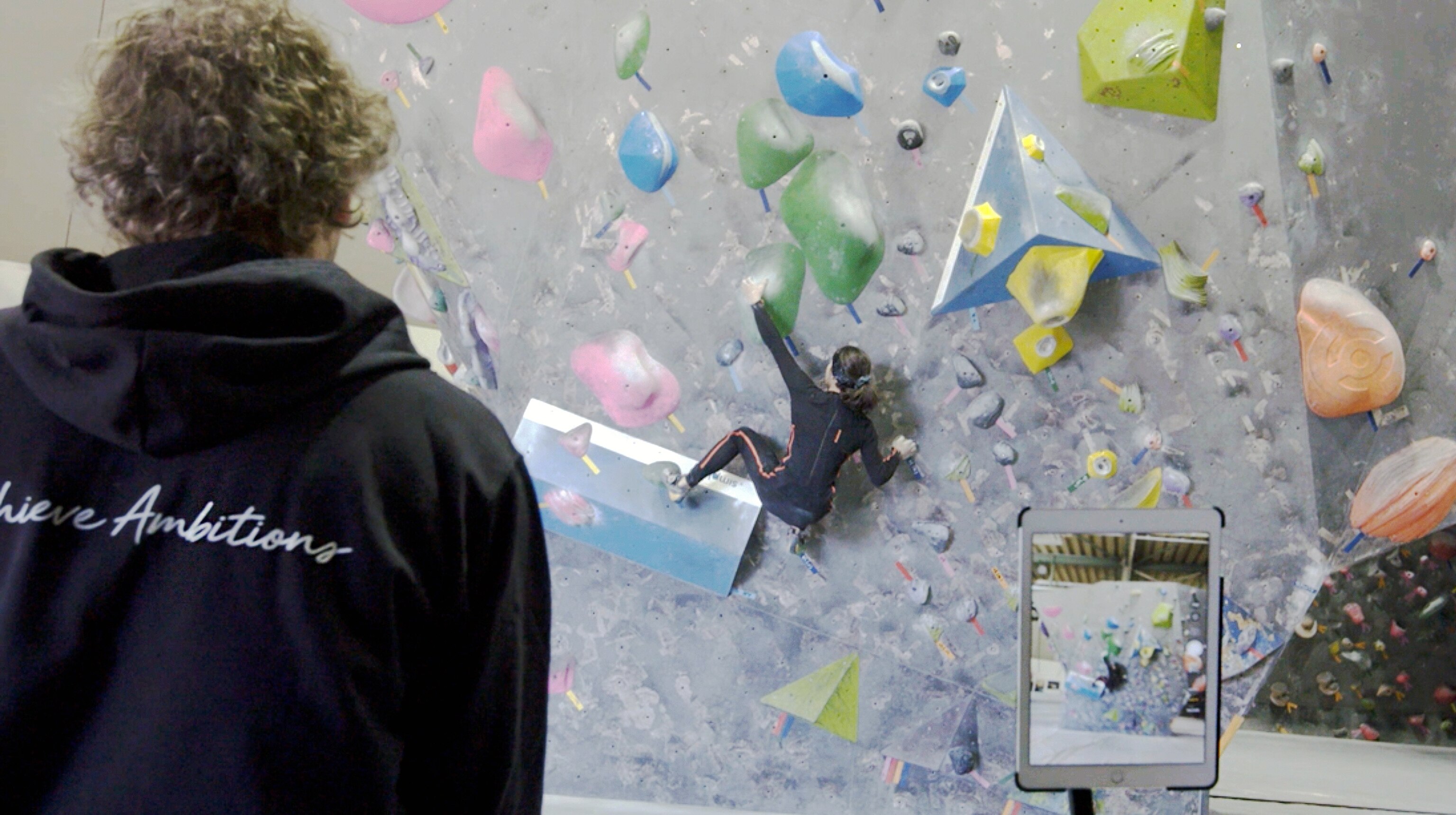
It uses camera-less motion capture suits combined with advanced sensor-fusion technology to precisely capture motion data. The suit gives climbers an advantage because it can capture, track, and record movements that normal cameras and the human eye cannot see.
The two key types of data gathered by the coaches are positional and kinematic data that reveals the center of gravity, speed and delay, or hesitancy, of limb movement.
Visualizing center of gravity and limb positioning is important because it helps athletes conserve their strength and maintain their grip. Delay of limb movement, on the other hand, is captured so that the coach can measure the correlation between the time and rhythm of a climb.
All of this data is visualized in a 360° action replay, so that every angle of each style of climbing can be evaluated and properly assessed, allowing the athlete a chance to fine-tune their specific training techniques.
Qualification for the Olympics in 2020 is certainly a tough goal, but there is no doubt that JLL and the technology they are developing will give the climbers the best possible chance to achieve their ambitions.
Aiming for a belt
An old sport like boxing is notoriously resistant to change, but even purists have had to acknowledge that the use of science and technology for training have produced tangible results.
For pugilists (professional boxers or “prize fighters”, to the uninitiated) like Britain’s Kell Brook, success came because of a willingness to integrate more science into his training regimen. For Brook, the only important thing was his ambition of winning a world championship.
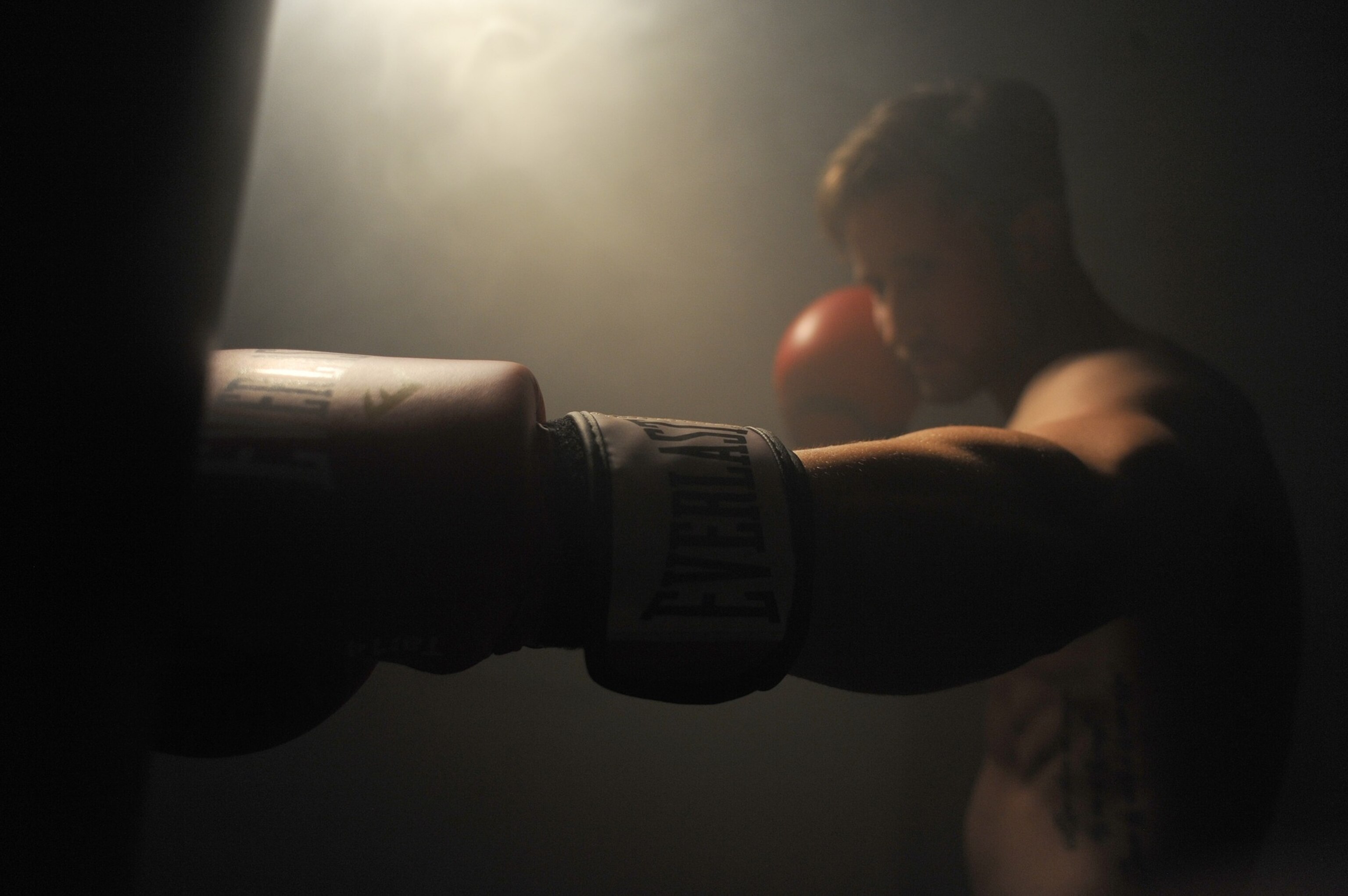
In the lead-up to his IBF world welterweight title fight, Brook consulted with scientists from Sheffield Hallam University to take a look at what he could improve.
The scientists in his team collected heart rate and lactate data from sparring sessions, and also studied how his body used energy so that they could better understand his strengths and weaknesses.
This data, coupled with good, hard, old-school-style training and a strict diet plan, put Brook in the best position to win – and hold his belt for a considerable amount of time.
Shooting for the top
Two-time MVP Stephen Curry was told he didn’t have the size or athleticism to succeed in the NBA, and so he knew that it would take more than hard work to become a world-beater. That’s why he looked toward improving his mental capabilities on top of his physical skills, to reach his on-court ambitions.
To develop his elite skills, Curry was always open to trying new technology. The reason that he’s able to approach the game of basketball at warp speed is because his training regimen involves using strobe goggles and on-court light discs that force a sensory overload and demand Curry make quick decisions. Using this technology helps Curry improve his neuro-cognitive efficiency, which then greatly improves his ability to read the flow of a game and react with lightning speed.

It’s hard to argue with the results, considering the fact that Curry achieved his ambition of winning multiple MVP trophies and NBA championships before he turned 30. He has also crafted his own enduring legacy as a player who forever changed how the game of basketball is played.
Whatever it takes
Previous generations will always set the bar for elite athletes. There will always be a new record to break, and thanks to improving technology, athletes will continue to find a way to create new ones to push their limits.
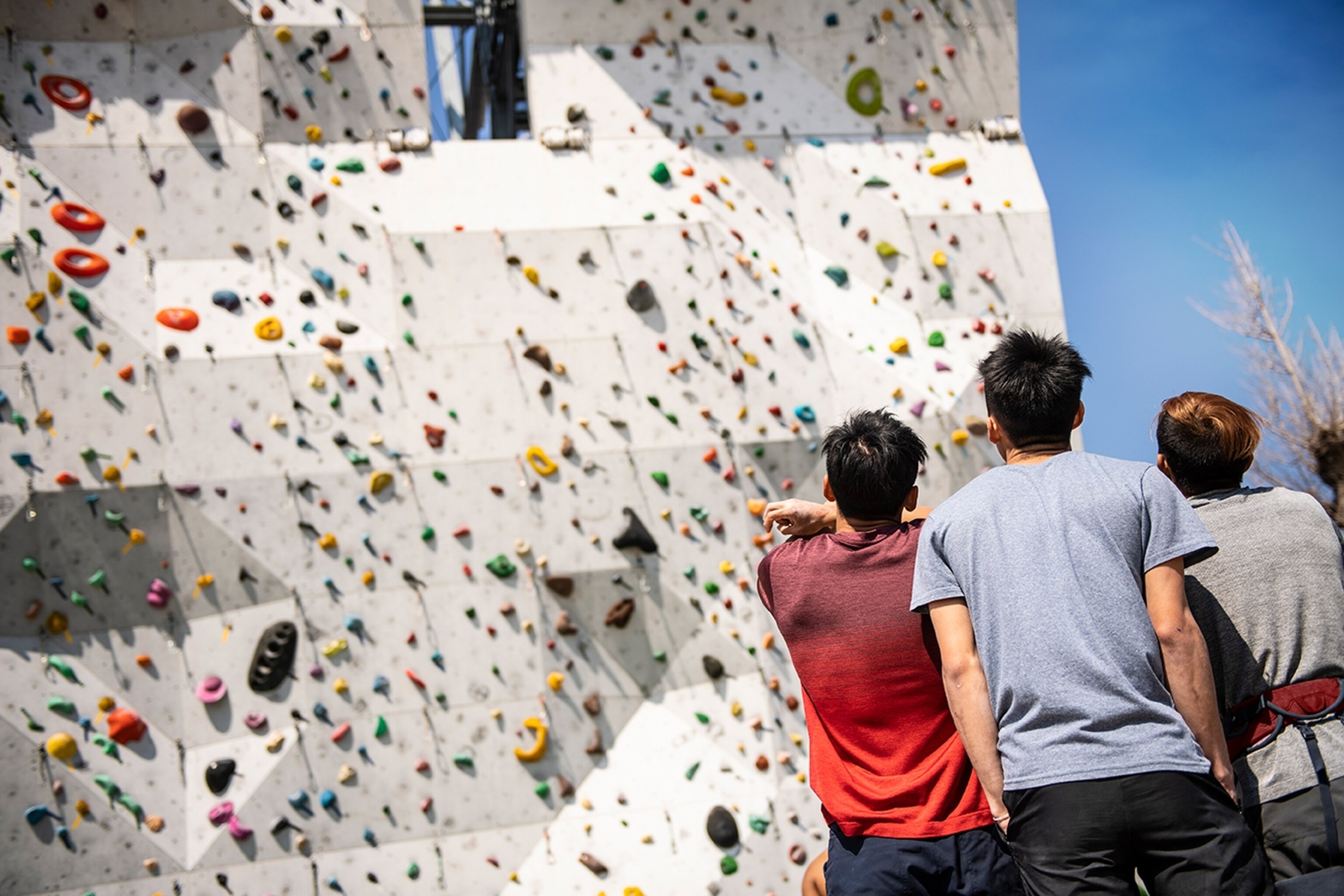
In the end, all an athlete needs is the ability to aim high and the strength of will to work harder than their opponents. The challenges may get harder, but there will always be innovative companies who are willing to help athletes accomplish their dreams and unlock their full potential.
Find out how JLL helps sport climbers achieve their ambitions here.




